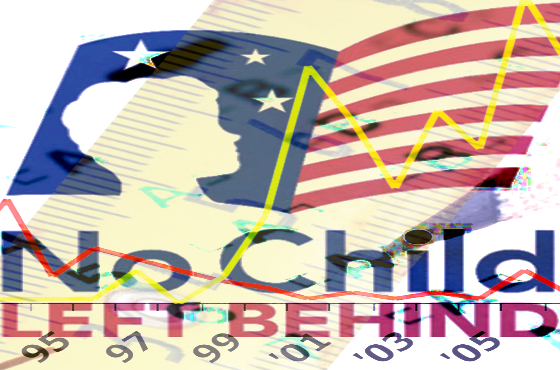Educational reform has often placed literacy at the center of both educational improvement efforts and even political movements. Broadly, educational reform has been embedded in and across debates over ideology, nationhood, public education, standards and accountability, and civil rights (operationalized as equity along ethnic, racial and gender lines). In terms of literacy, reform has formed the center of debates on a whole range of issues (the content or canon of topics and texts that should be read, censorship, and curriculum versus child centered teaching methods), but they all pale in comparison to the optimal way to teach beginning reading, especially as they relate to the role and nature of phonics instruction, and. Reading reform has also served as the epicenter of interventions related to supporting special needs students and students from diverse backgrounds, espousing what has been deemed as “best practice” informed by “science” for students at the bottom of the achievement distribution. In the mid-1990s in particular, it took center stage in the worldwide educational theater of developments that saw a number of debates erupting—many of which involved unresolved issues from prior decades associated with the fervent interests and strong views of parents, educators, and ideological reformers.
...

